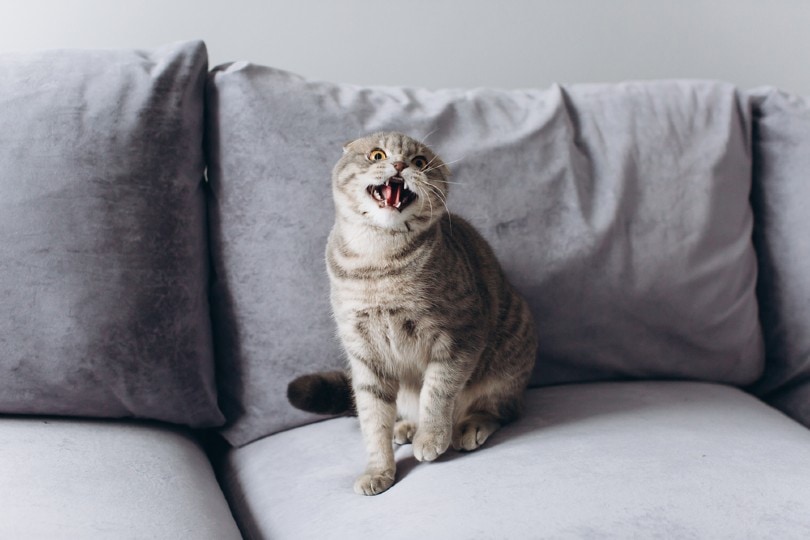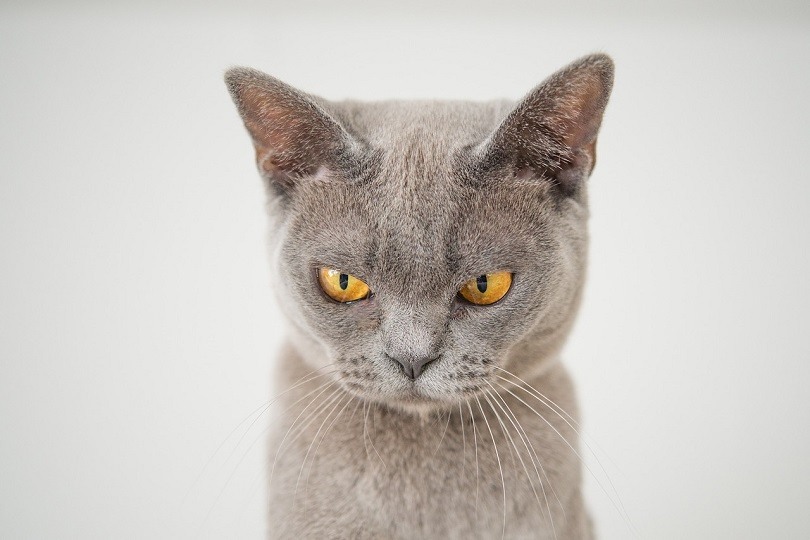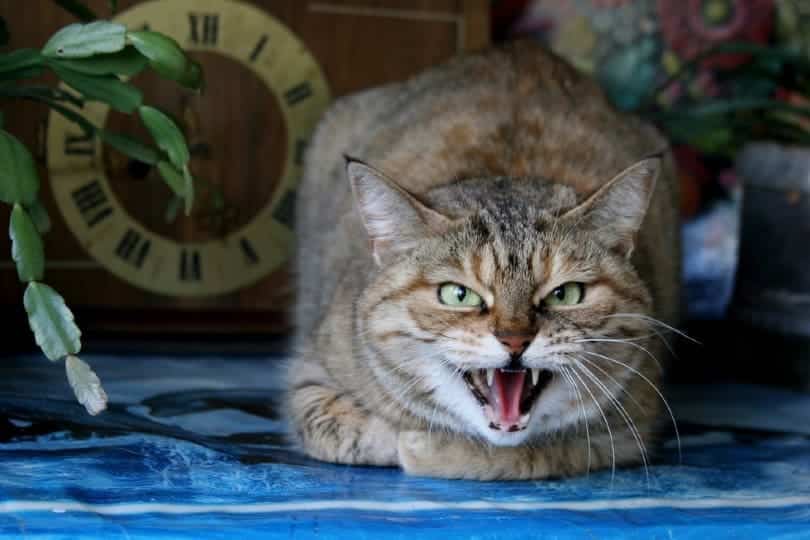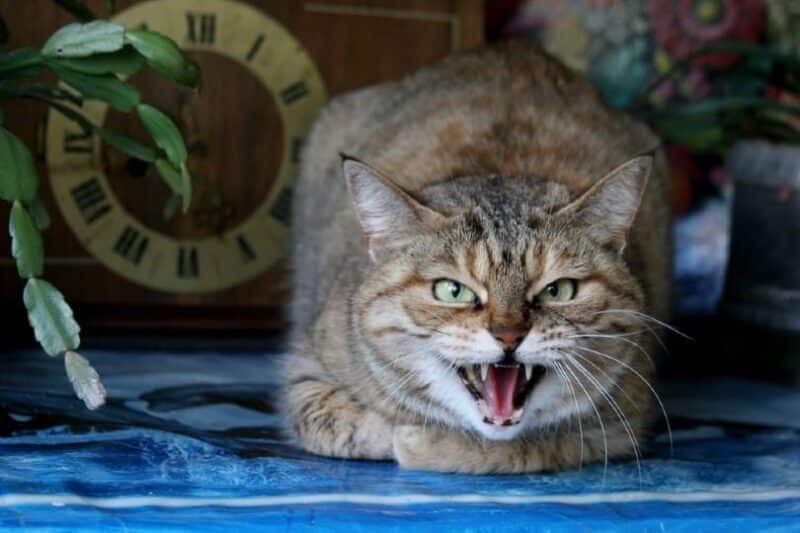Your cat doesn’t hate you. Thankfully, humans are the only species that write vengeful songs about our exes and actively harbor bitterness. Although cats don’t technically hold grudges, that argument might be a tough one to prove at times when your cat seethes at you from their favorite armchair.
Cats have a pretty short memory, which generally only lasts for about 16 hours. After that, your cat is likely to forget that he’s mad at you. However, in cases where your cat was abused in the past, he may harbor that memory for longer. Let’s learn more.
How Long Can Cats Hold Grudges?
Like humans, animals have short-term and long-term memories. While research conclusions vary, a widespread consensus claims a cat’s short-term memory lasts for around 16 hours. Unless your cat decides the event is important enough to retain, everyday life events will disappear from their memory in less than a day.
A cat’s long-term memory, however, likely lasts a lifetime. That is why cats who were perpetually abused as young as 8 weeks may carry scars associated with the trauma for many years. Even so, your cat isn’t stewing in a corner, deeply contemplating what happened to them on their 100th day of life. Their brain doesn’t have the capacity for such abstract thought, which includes actively holding a grudge.

Signs That Your Cat Is Peeved at You
While a cat may not possess the mental capacity to hold a grudge, every cat parent knows they can become intensely angry at you. Encroaching their space, bringing home a new animal, or rearranging the furniture are only a few possible missteps humans can make to annoy their feline companions.
- Flattened ears
- Low, rapidly squishing tail
- Hissing
- Growling
- Swatting at you with their paws
- Deep vocalizations
- Urinating or defecating in inappropriate places
If you witness any of these signs, you should stop what you’re doing and try to rectify the situation. Occasionally, a highly vexed cat may even bite you. In the worst-case scenario, you could contribute to a long-term memory that could plague your relationship with your cat.

How to Win Your Cat Back
Before you think poorly of your cat, we should reiterate that your cat doesn’t dislike you. They especially do not want to damage the relationship because you’re their source of food and shelter. Try to make peace with your cat as soon as possible to keep the bond strong.
The best way to ask your cat for forgiveness is to figure out their love language and treat them with it. Some cats tweak their ears to the sound of a can of wet food cracking open. Others want nothing more than a good head bunt on your lap. Maybe your cat embraces the hygge lifestyle and soothes itself by nestling down into warm, fuzzy blankets.
You know your cat best. If you’ve made a mistake, spoil them with a treat, a cuddle, a freshly washed blanket, or whatever it takes to make things right again. They’ll be quick to forgive you and show you love in return.
Conclusion
There’s no need to sleep with the light on tonight or place locks on the knife drawer. Despite the glowering look on their face, cats don’t hold an active grudge. Unless they’ve committed the event to long-term memory, their brains only retain short-term memories for no longer than 16 hours.
Cats are usually quick to forgive you, especially if you already enjoy a happy relationship with them. If they need a little prompting, you can try spoiling them with their love language to make the process go faster. Maybe they’ll even commit your reconciliatory actions to long-term memory and have a more positive association with you.
Featured Image Credit: pixbull, Shutterstock












